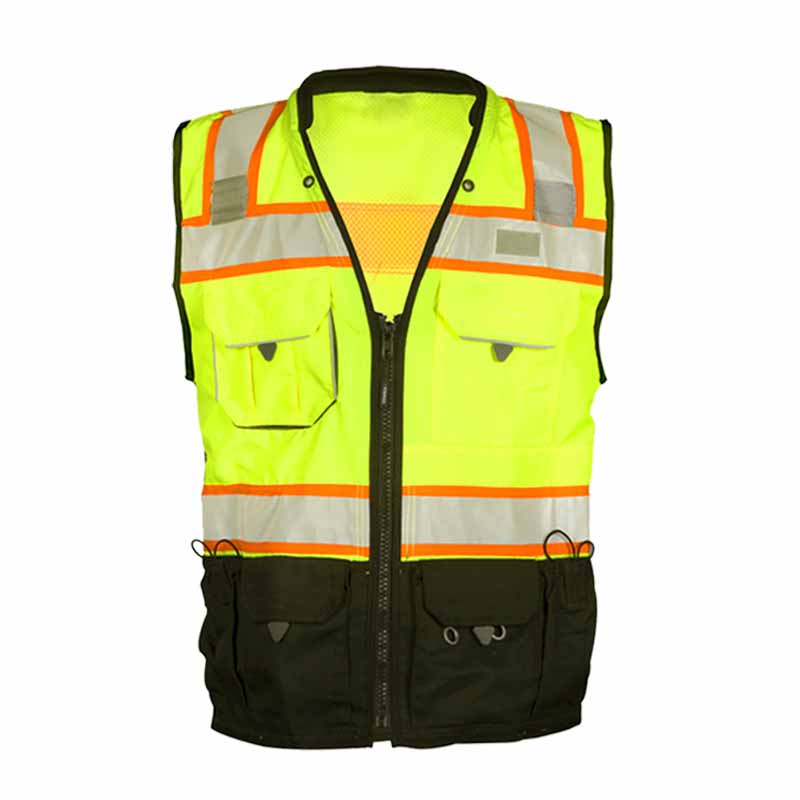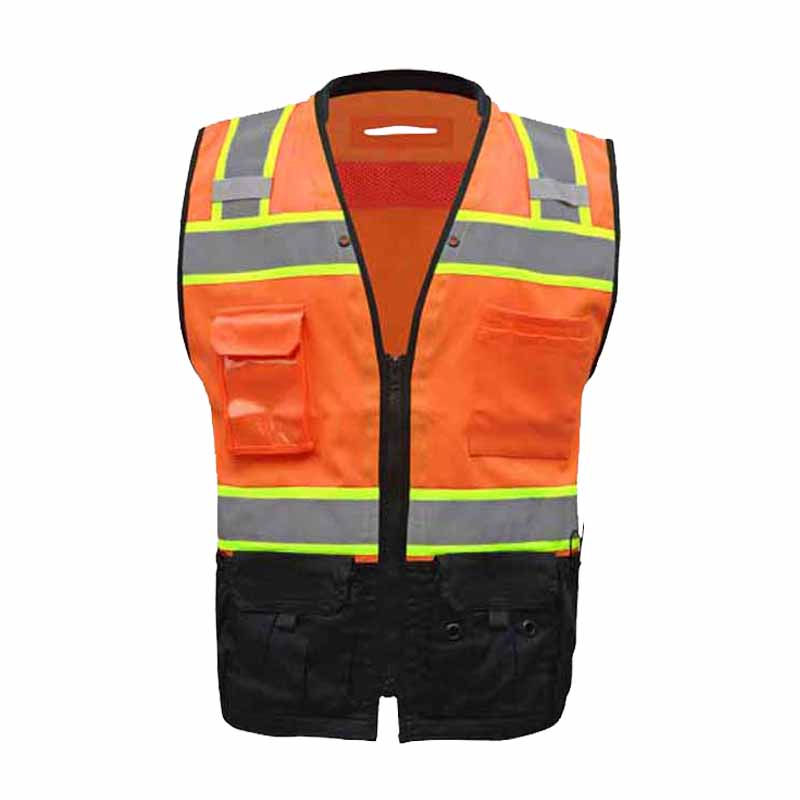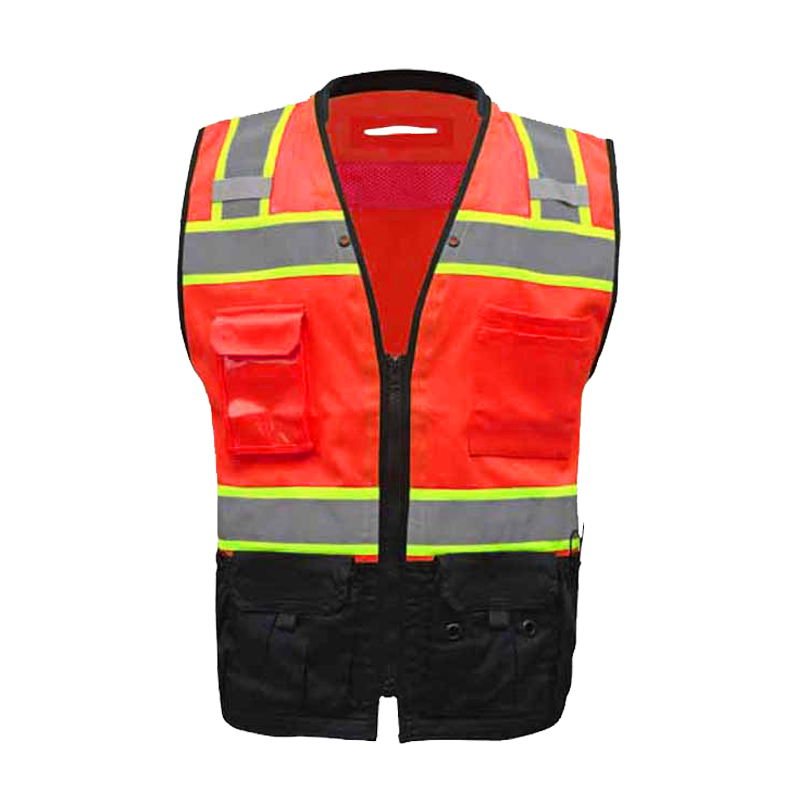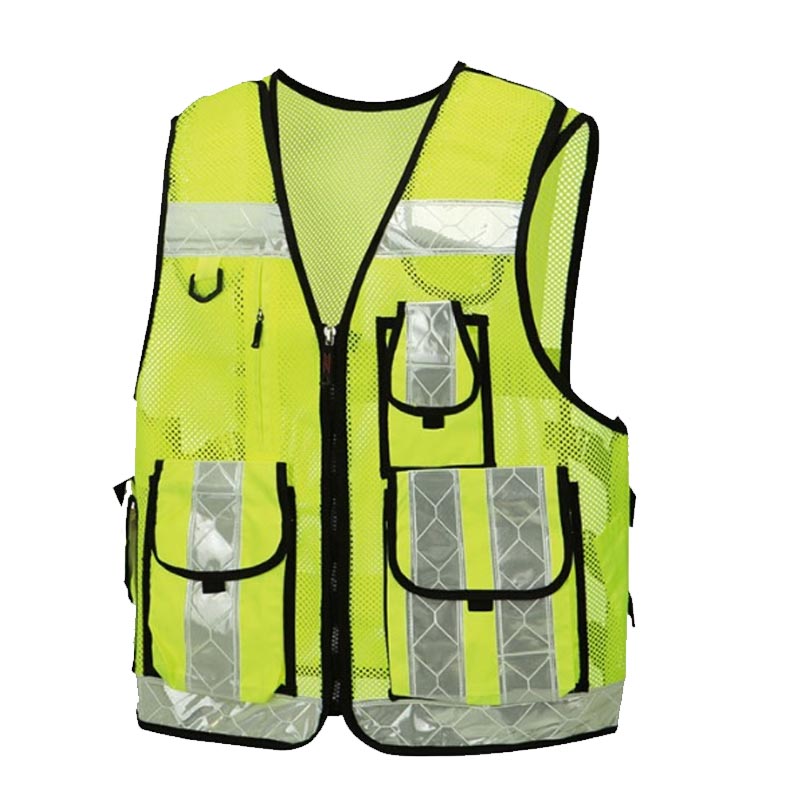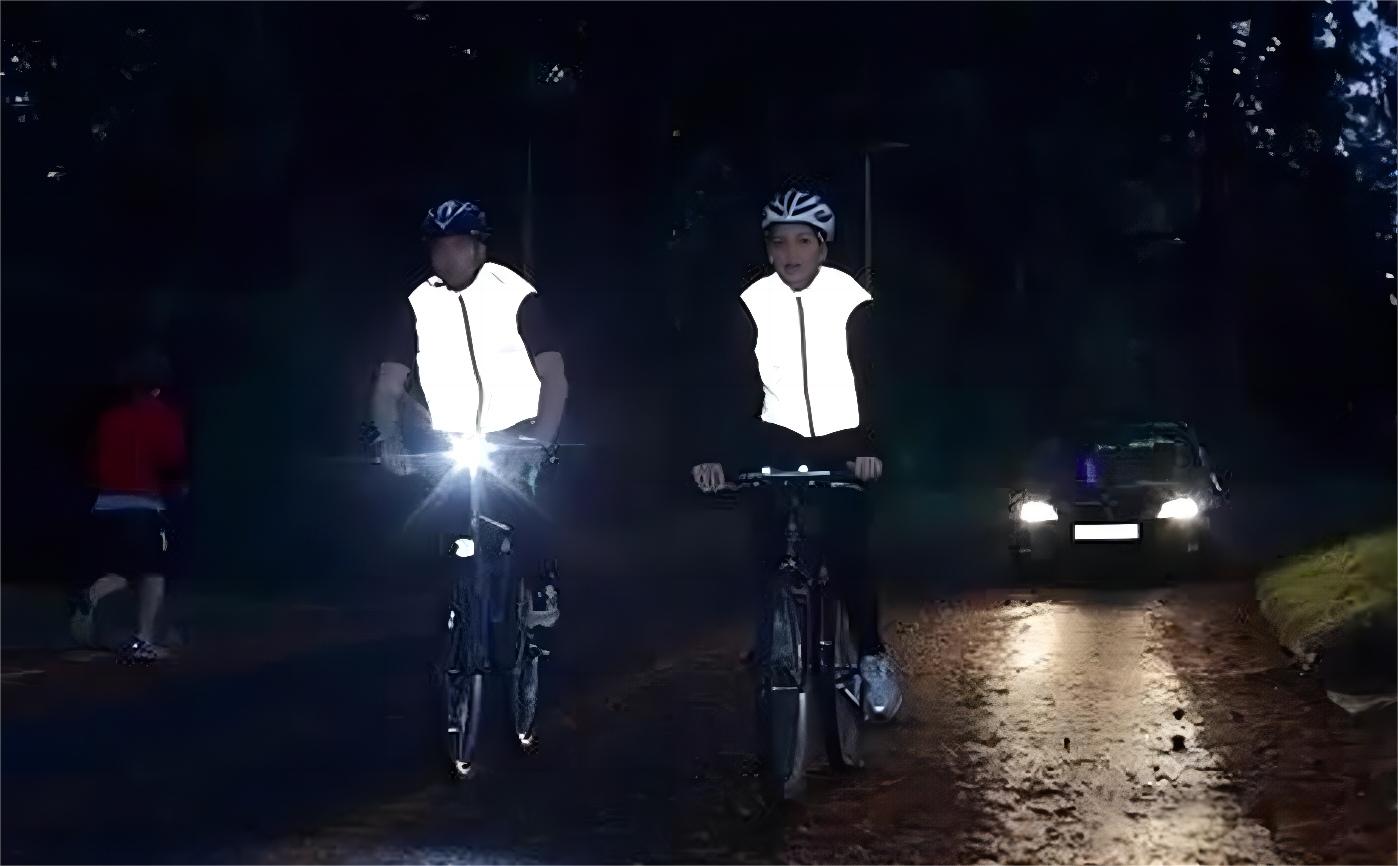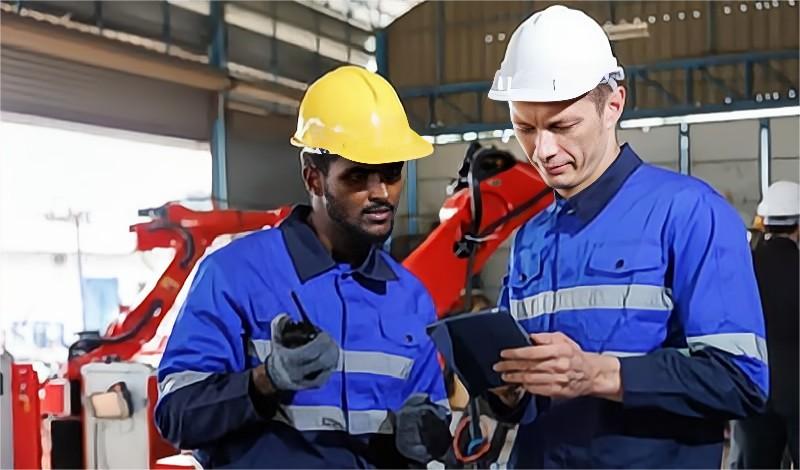Safety vests are among the list of personal protective equipment (PPE) you’ll have to carry along to improve your noticeably in risky environments. Like a worksite or during a fun cycling session. However, a user might still end up in accidents, usually due to misuse of the safety vest. Because it’s not just about wearing a safety vest, but also about the type and the conditions in which you’re wearing one (like the level of visibility).
If you get the type and conditions wrong, then the safety vest won’t work.
Does the safety vest really work?
Yes. Safety vests work as long as they can successfully attract the user’s attention. However, its effectiveness depends strictly on two factors: visibility (day or night) and the materials, as there are just two types used to make safety vests: fluorescent and retroreflective material. The fluorescent fabric is best suited for the day, while the reflective fabric is effective in low visibility conditions (towards and at night).
Please read to know more about how the safety vest works and how each material of the safety vest functions differently…
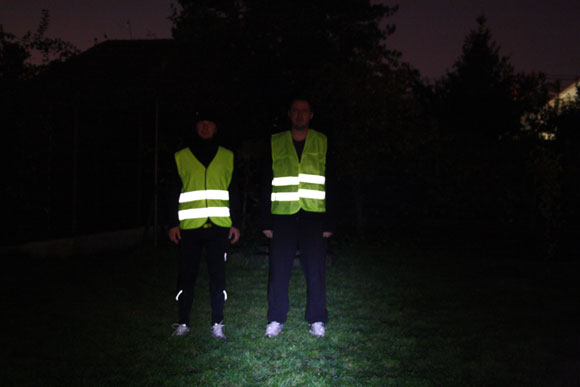
How does a safety vest work?
The safety vest is designed to make users noticeable in any environment. Depending on the material and the condition you’re using it, the vest can perform such a function.
Regarding material, two types are used to make an effective safety vest: fluorescent and reflective fabric. These two types of materials harness special properties that are great at attracting onlookers and drivers alike.
For instance, fluorescent materials find it easy to stand out due to their bright colors, as they can easily trigger someone’s attention subconsciously, especially in the presence of natural light and even among everyday colors.
It works differently for the reflective material. They mainly reflect light beams to the handler of the light source. For instance, a driver can notice a reflective safety vest a good distance away due to their lit headlamp at night.
Please read on to know about the different types of safety vest material and how each of them functions…
What is the difference between reflective and fluorescent materials?
There are two types of materials that you can use to make an effective safety vest. These work differently due to their respective nature with light and colors.
Please read on for in-depth knowledge of how reflective and fluorescent materials work for safety vests.
How Do Fluorescent materials work?
Fluorescent material is a chemical-based material that uses a special pigment to absorb invisible UV light and convert it to visible light. Which will, in turn, brighten the color of the vest in such a way it becomes distinct from everyday colors.
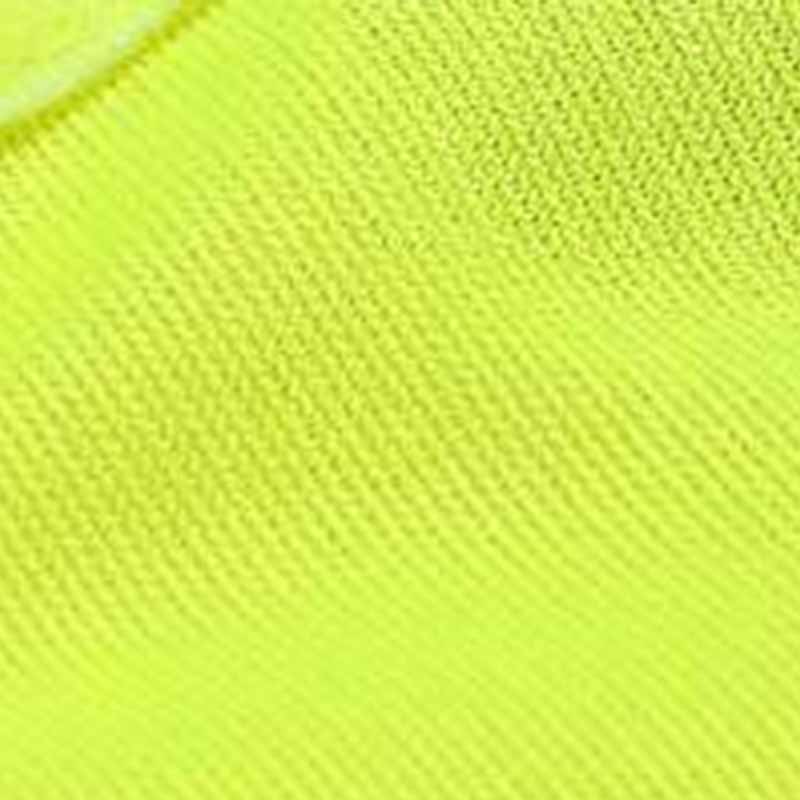
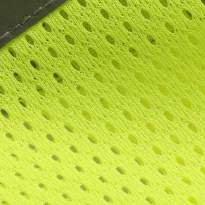
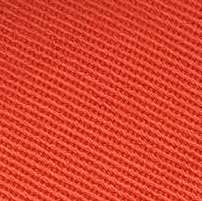
What colors do fluorescent materials come in?
The colors you can find in fluorescent material are the ones bound to attract the sights of any onlooker or driver on the subconscious level. Approved by Occupational Safety and Health Administration (OSHA), these colors include:
- fluorescent yellow-green
- fluorescent orange-red
- fluorescent red
How does reflective material work in a safety vest?
The reflective material is made of glass beads in the form of fabrics and sheeting with a high refractive index. This property allows the vest to reflect light at a wide angle to reflect light rays in the same direction as the light source.
For instance, the vehicle driver with headlamps facing the personnel wearing a reflective safety vest will notice them due to reflected lights.
However, the reflective material only works best in low-light conditions (evening or night). But still, it doesn’t mean it can’t work in the daytime. However, it wouldn’t be as effective as the fluorescent fabric.
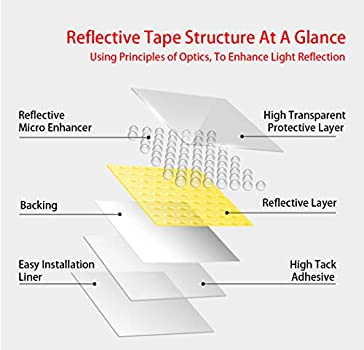
What colors do reflective materials come in?
According to OHSA regulations, the retroreflective material should come in any of these colors:
- Silver
- Grey
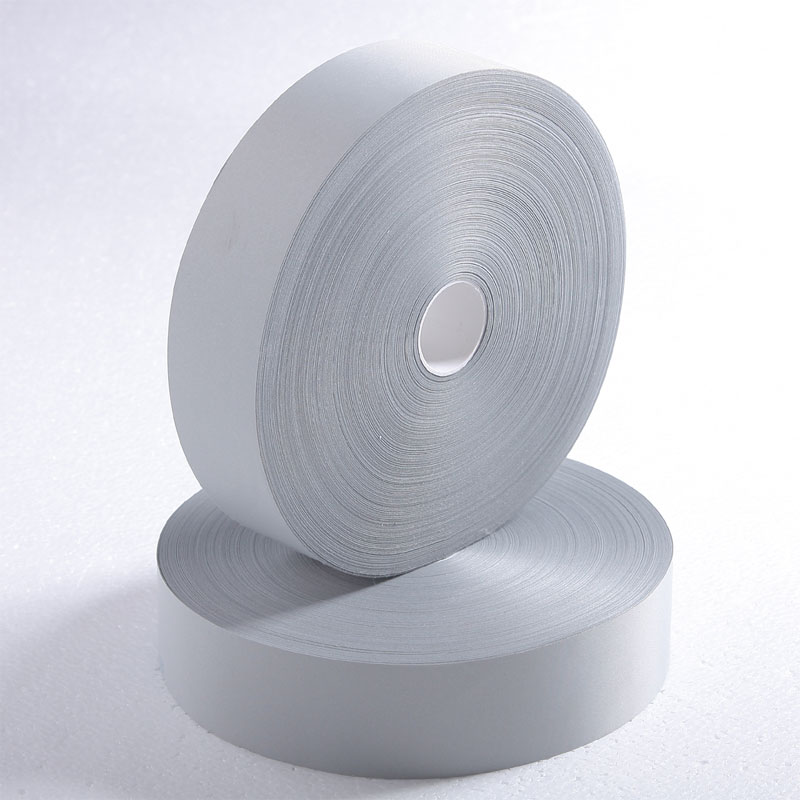
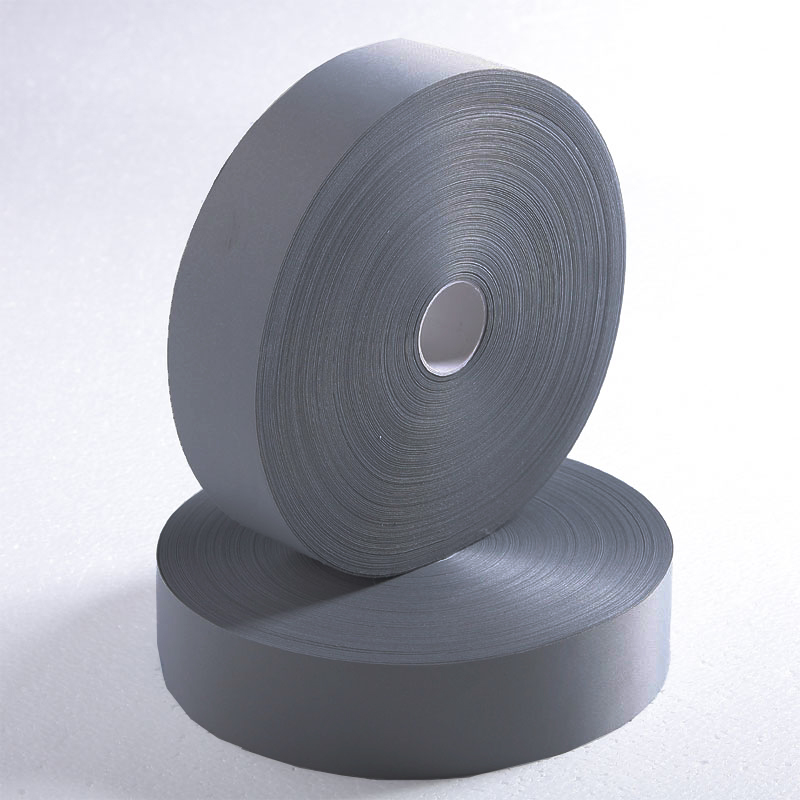
The safety vest involves a combination of fluorescent and reflective materials. Whereby the clothing predominantly consists of fluorescent material and reflective strips.
This combo allows the user to take advantage of two properties to improve their noticeability in any condition. How? The fluorescent material would make the user visible to any onlooker during the day, While its reflexiveness makes its user visible at night in front of a light source.
Conclusion
The safety vest is well-equipped to keep you safe, as long as you use the right one under favorable lighting conditions. Failure to do so causes you to risk severe injuries. However, do keep in mind that even if you do end up in an accident, an effective safety vest will ensure you’re visible to locate for quick medical assistance.
Please, do remain cautious wherever you go.

